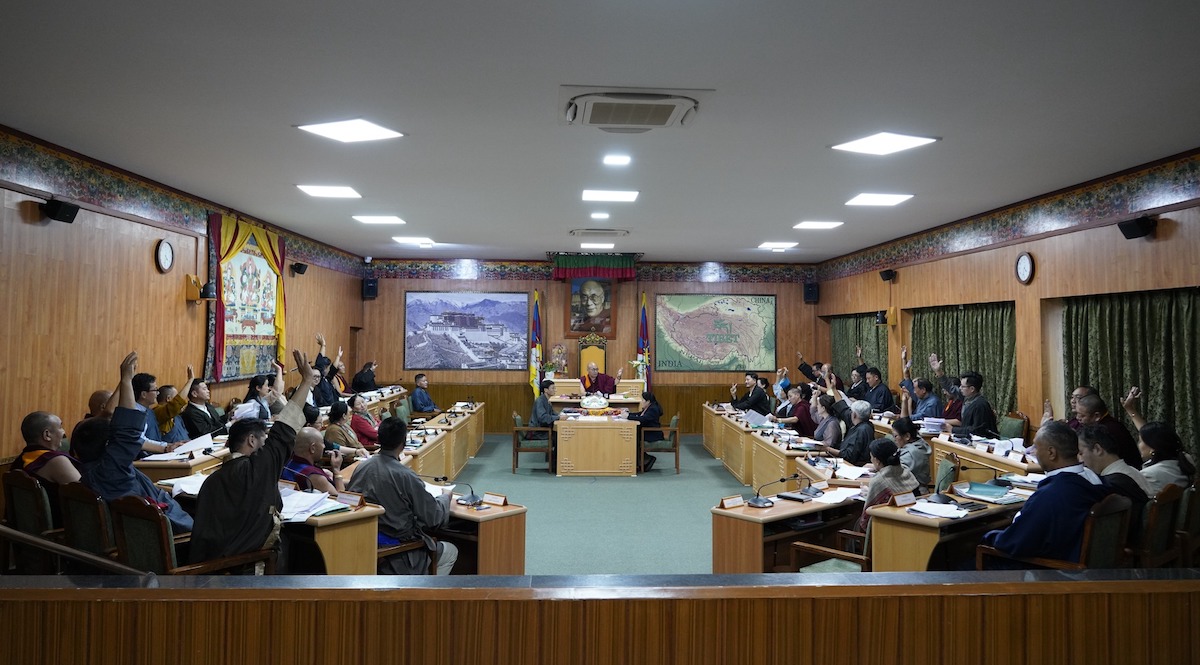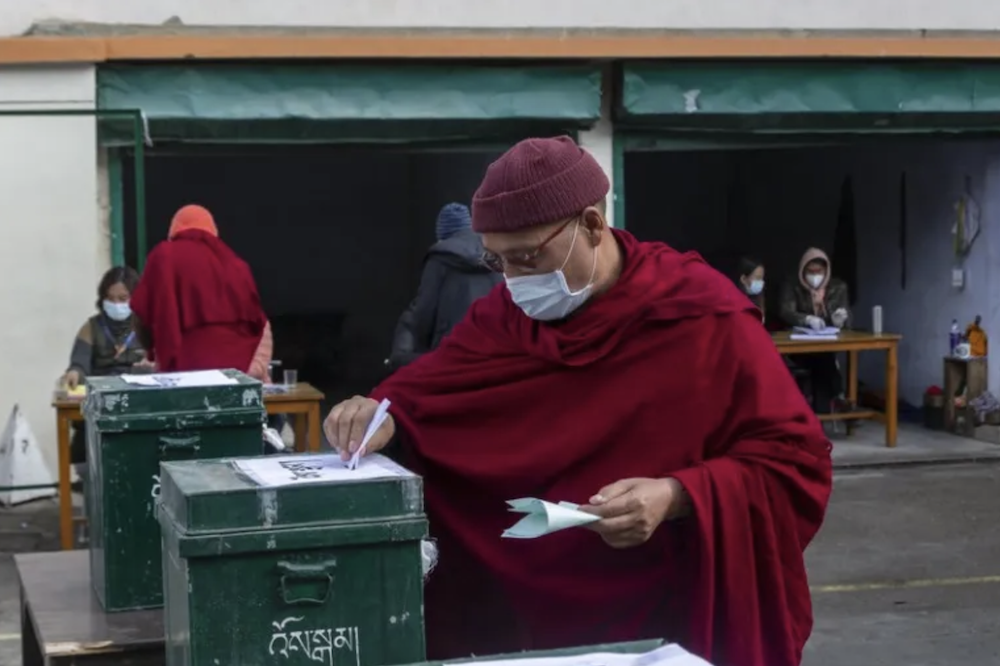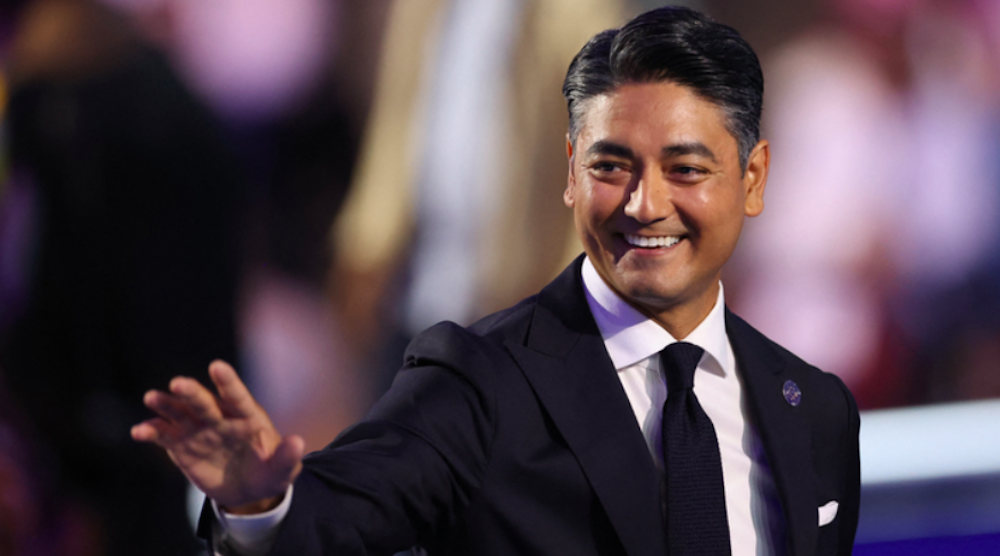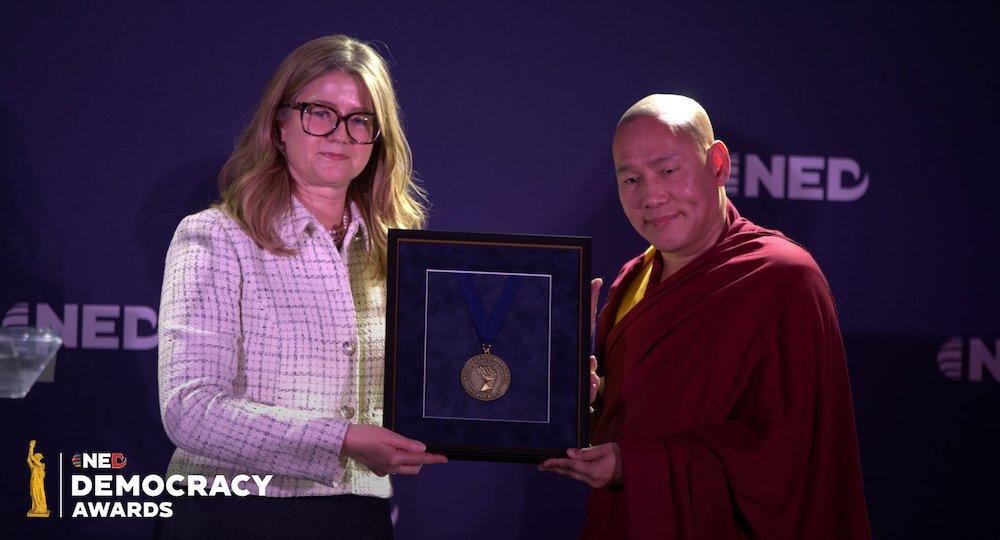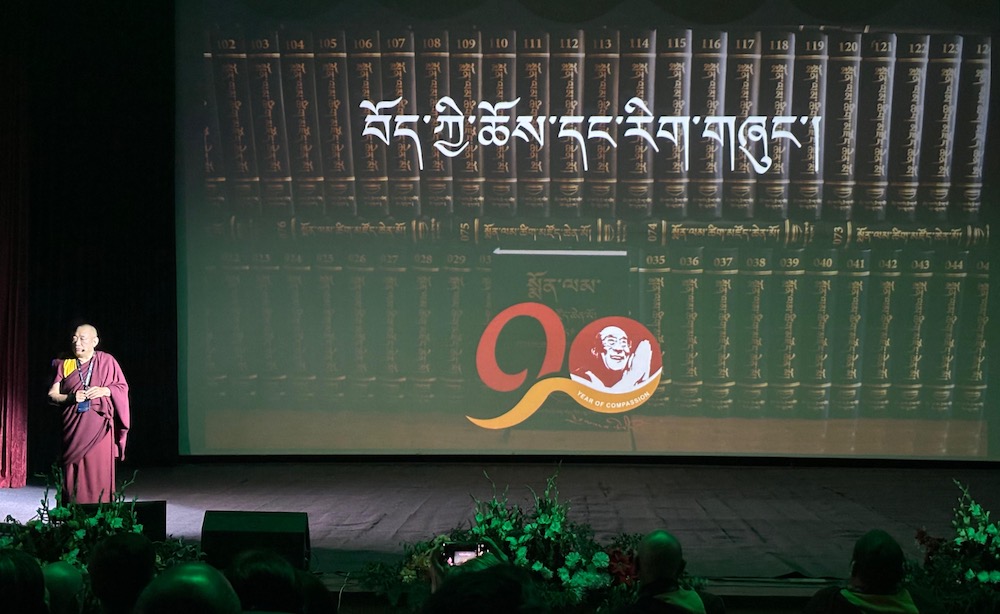Tenzin Cheme
The intent of this commentary on the Charter of the Tibetans in Exile is to highlight inconsistencies in its present framework and perhaps inspire broader calls for reforms that advance equitable and balanced representation.
As outlined by the Tibetan Election Commission, the Charter of the Tibetans in Exile is “Based on the spirit of the UN Universal Declaration of Human Rights, the Charter guarantees to all Tibetans equality before the law and enjoyment of rights and freedom without discrimination on the basis of sex, religion, race, language and social origin.”
The composition and allocation of Chitues, as stipulated in Article 37 of the Charter of the Tibetans-in-Exile:10 members each elected from the three provinces of Tibet, with at least 2 women candidates from each regional constituency. 2 members each from the four Buddhist schools—Nyingma, Kagyu, Sakya, and Gelug—and the Bon religion. 2 members elected by the Tibetan community in North and South America. 2 members elected by the Tibetan community in Europe and Africa. 1 member elected by the Tibetan community in Asia (excluding India, Nepal, and Bhutan) and Australasia. The Parliament’s total membership stands at 45. Tibetans residing in foreign countries (excluding India, Nepal, and Bhutan) are barred from running or voting in provincial and religious elections.
Delving further into the provision for “2 members each from the four Buddhist schools namely, Nyingma, Kagyu, Sakya & Gelug and Bon religion.”
Within the electoral system of the Central Tibetan Administration (CTA), the Green Book functions as the foundation for citizenship and voting eligibility. Every Tibetan in exile must present this document to register as a voter. Yet the data it contains—and the voting privileges it confers—expose a systemic disparity that erodes the democratic equity affirmed in the Charter of the Tibetans-in-Exile.
Under the existing setup, monks nuns and Vajrayana practitioners are entitled to vote in two distinct constituencies: their religious affiliation (e.g., Sakya, Gelug, Kagyu, Nyingma, or Bon) and their regional origin (Ü-Tsang, Do-toe, or Do-med).
By comparison, lay Tibetans are limited to a single vote, solely for their provincial representatives.
Consequently, a monk, nun, or Vajrayana practitioner holds the equivalent of two votes, whereas a layperson has only one—despite equal status as citizens under the Charter.
Article 9 of the Charter pledges equality for all Tibetans “without discrimination based on religion, sect, status, or gender.” However, the practice outlined above embeds a religion-based inequity that flatly contravenes this assurance. Affording dual voting rights to monastics elevates a clerical segment above the lay populace, subverting the core democratic tenet of “one person, one vote.”
In effect, the ballot of a monk or nun exerts twice the influence on Parliament’s makeup, shaping not just the 10 religious seats but also the 30 provincial ones. Lay voters lack equivalent entry to religious constituencies, rendering the disparity not merely emblematic but quantifiable and embedded.
Defenders of the status quo frequently invoke the traditional fusion of religion and state in Tibetan governance, arguing it preserves monastic viewpoints in public matters. Though this cultural legacy holds weight, it should not eclipse principles of democratic equity. For over 60 years, the exile community has championed contemporary democratic ideals. Maintaining a bifurcated voting system tied to archaic structures thus clashes with the CTA’s professed ethical and political progress.
If safeguarding Tibet’s spiritual legacy is the goal, it can be pursued without stratifying citizenship. Monastics could continue to run for office or gain voice through proportional or advisory channels, but the sanctity of equal voting rights must prevail.
No enduring democracy tolerates one group wielding greater electoral clout than another. For an exiled government aspiring to exemplify justice and parity on the global stage, such a flaw is not merely legally flawed but morally unsustainable.
A restructured approach—where every Tibetan, whether lay or monastic, exercises one equivalent vote—or one granting dual rights to all—would more faithfully embody the Charter’s ethos.
Delving further into the rule that “Tibetan people living in foreign countries (excluding India, Nepal & Bhutan) cannot either stand in election or cast vote for provincial and religious elections.”
For this analysis, consider the official voter participation figures from the 2021 Sikyong election as a benchmark.
Per tibetsun.com, the 2021 Sikyong election saw a total turnout of 41,702 voters from India, Nepal, and Bhutan, alongside 21,577 from elsewhere. This means roughly 34% of the overall turnout came from outside India, Nepal, and Bhutan—voters ineligible to participate in provincial or religious elections.
A bedrock of democratic rule is “one person, one vote”: every citizen merits equal sway over governing bodies. By enabling full participation for those in India, Nepal, and Bhutan (electing 10 provincial MPs + 2 religious MPs), while restricting over a third of voters abroad to selecting just 2 MPs in North/South America, 2 in Europe and Africa, and 1 in Asia and Australasia, the framework establishes tiers of citizenship: one fully enfranchised, the other marginalized.
Basic arithmetic reveals that more than a third of voters elect only 5 MPs, whereas two-thirds engage in choosing 10 MPs + 2 (if monastic or Vajrayana).
Article 42: Standing Committee of the Tibetan Parliament
- When the Tibetan Parliament is not in session, there will be a standing committee which will consist of two members of parliament from each three traditional provinces and one member from each religious school.
Examining the Standing Committee’s structure:
From the 2021 MP election outcomes:
- The 10th highest-voted MP from Do-med province received 1017 votes.
- The 10th highest-voted MP from Do-toe province received 4593 votes.
- The 10th highest-voted MP from Ü-tsang province received 7793 votes.
- The 2nd highest-voted MP from North/South America received 5419 votes.
- The highest-voted MP from Australasia and Asia received 739 votes.
- The 2nd highest-voted MP from Europe/Africa received 2884 votes.
- The highest-voted MP from Sakya received 276 votes.
- The highest-voted MP from Nyingma received 637 votes.
- The highest-voted MP from Kagyu received 364 votes.
- The highest-voted MP from Gelug received 3727 votes.
- The highest-voted MP from Bon received 119 votes.
Among the 45 MPs:
- Of the 30 provincial MPs, only 6 secure spots on the standing committee, accounting for just 20% of provincial representatives.
- Of the 10 religious MPs, 5 gain seats, representing exactly 50% of religious representatives.
- Of the 5 MPs from outside India, Nepal, and Bhutan, none are included, representing 0% of overseas representatives.
Thus, the Standing Committee of the Tibetan Parliament, by diminishing provincial voices, amplifying religious ones, and wholly omitting overseas perspectives, falls short of the Charter’s commitment to equality before the law and the exercise of rights and freedoms free from discrimination based on sex, religion, race, language, or social origin.
(Views expressed are her own)
The author is a student pursuing further studies in Vancouver B.C. Canada. She was born in Dharamshala and studied at Lower TCV school.


